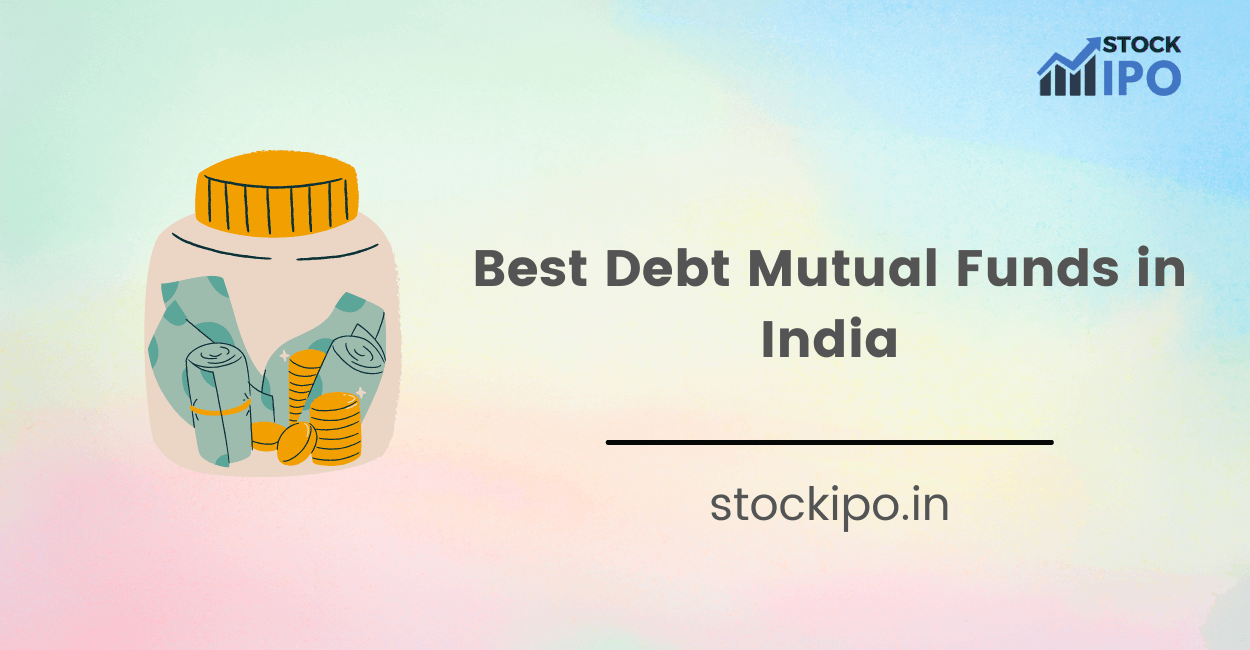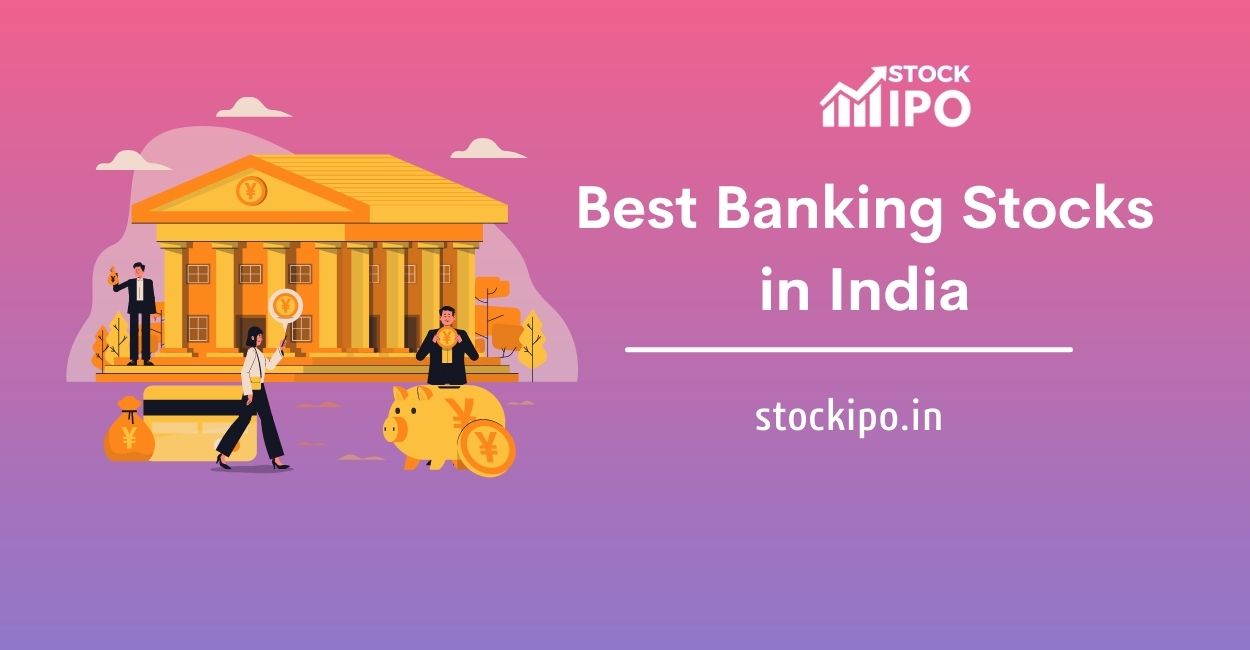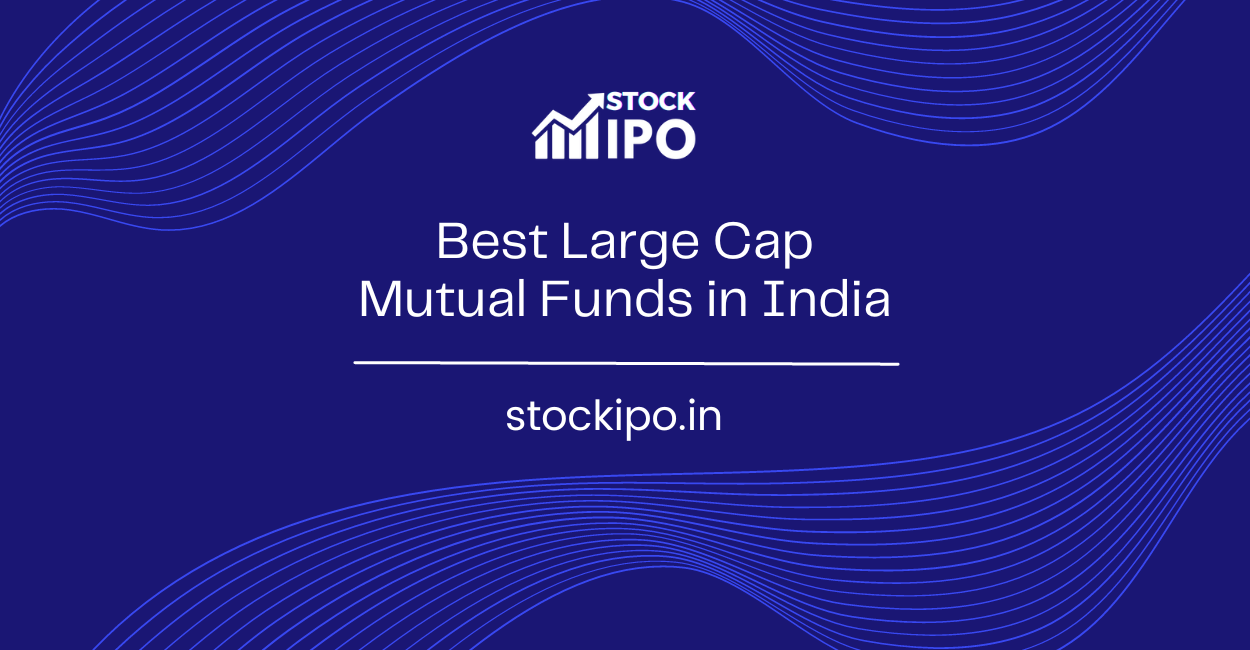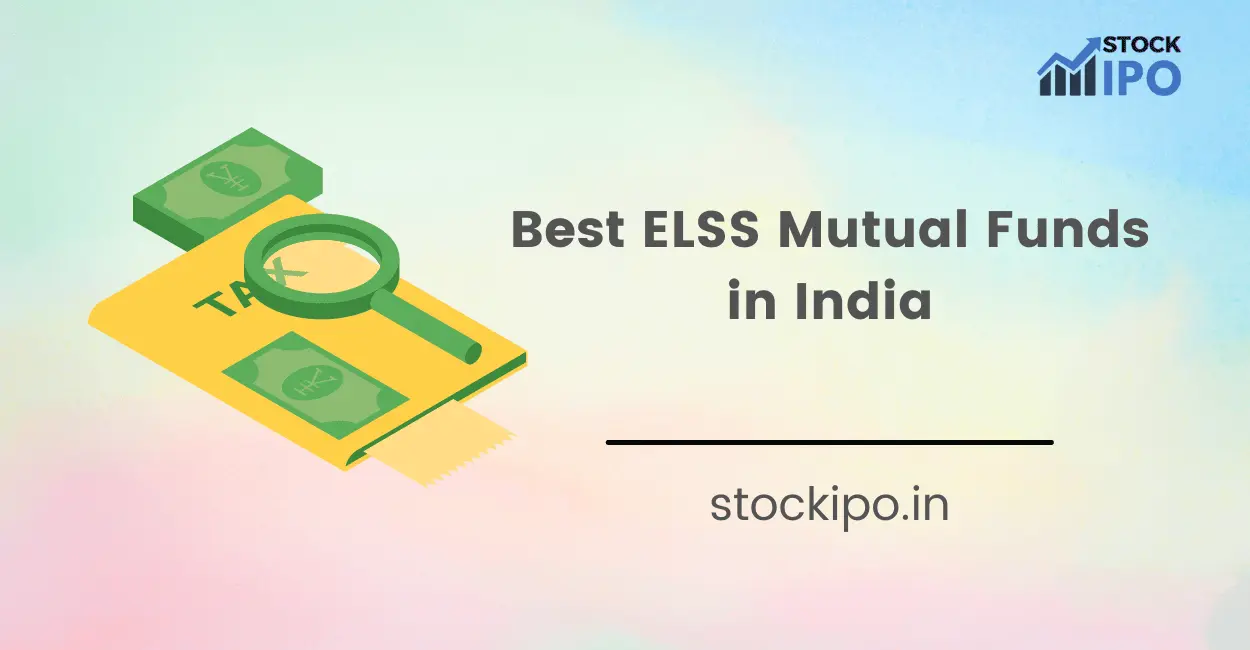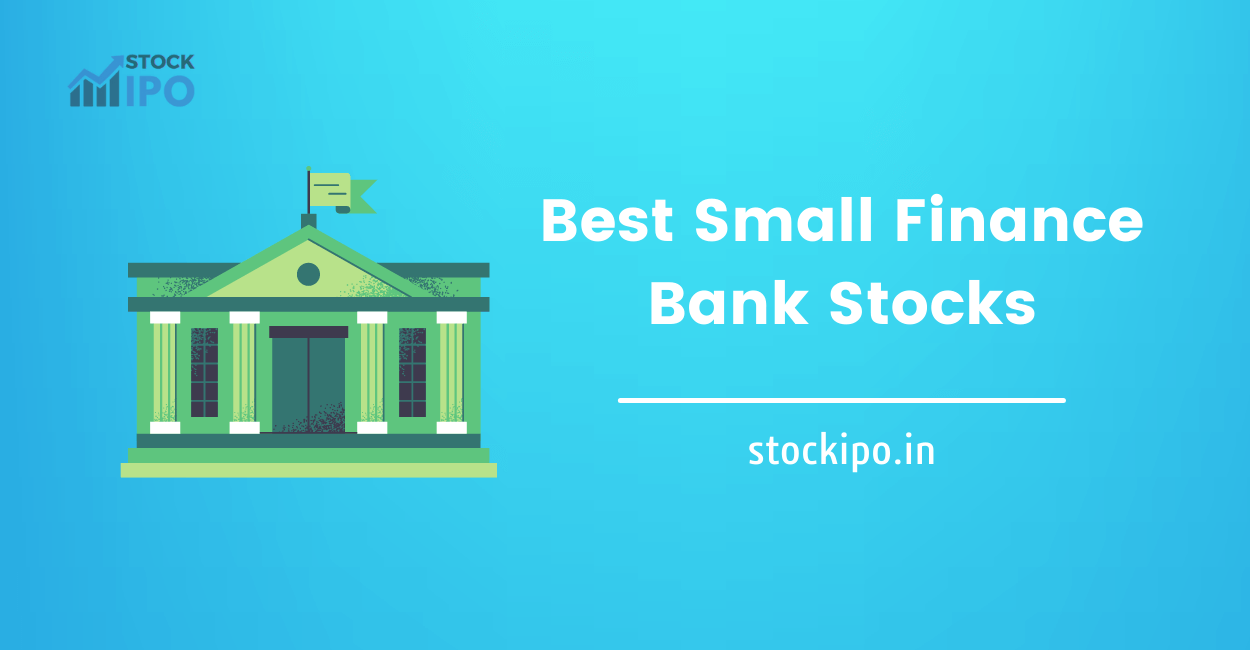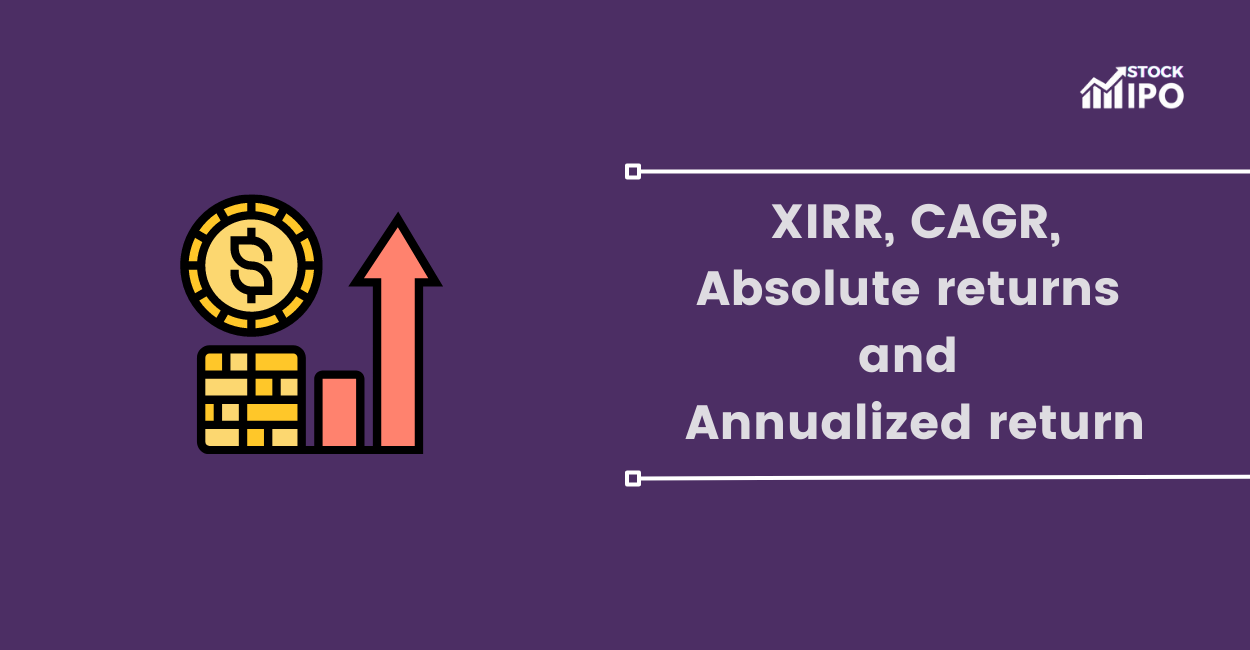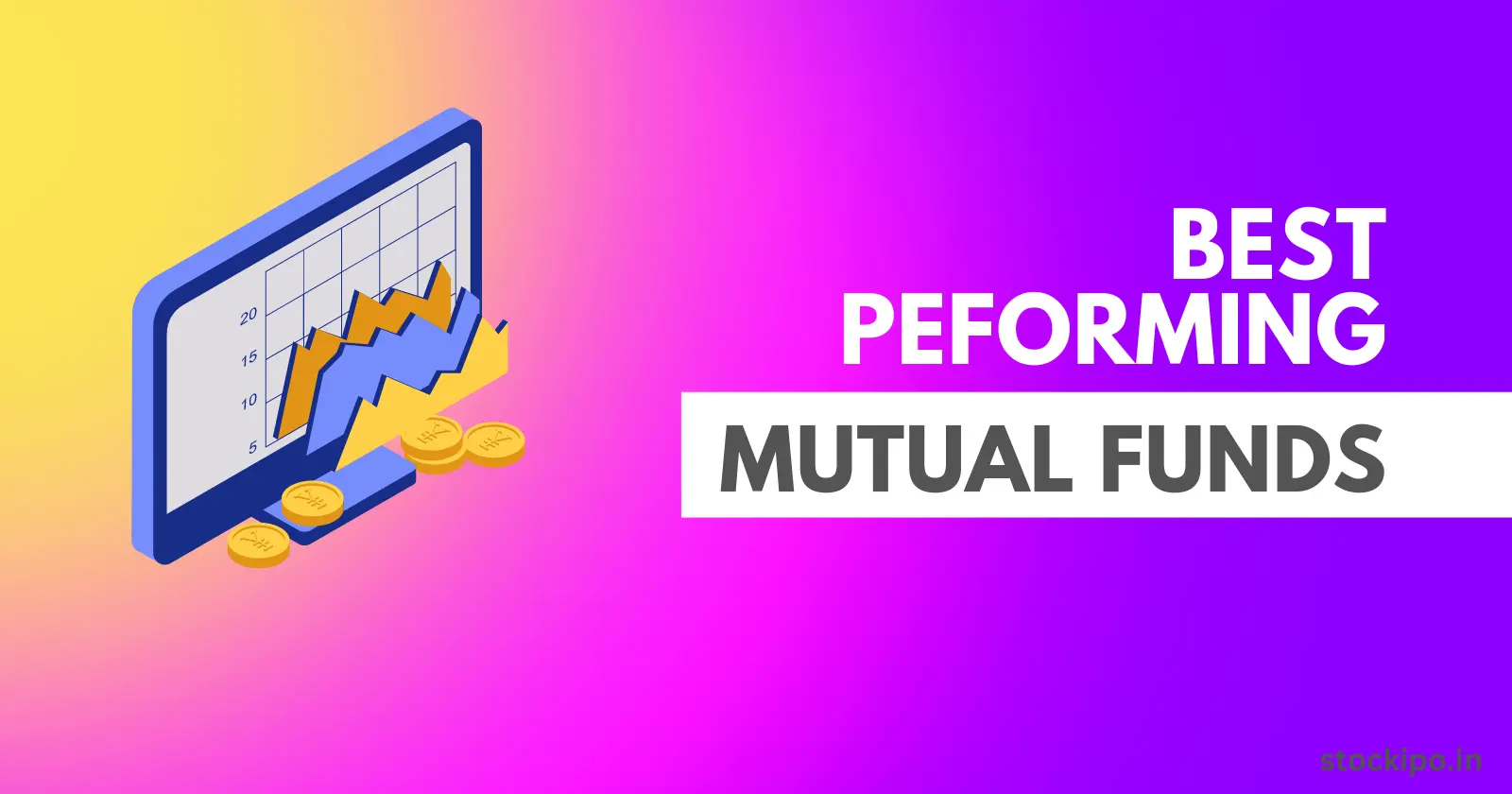Debt Funds, sometimes called Income Funds, are mutual funds that invest mainly in fixed-interest assets like bonds and money market instruments to generate income. The fund, in effect, extends credit to the bond issuers and collects interest payments in return. In the form of returns, the fund distributes the interest it collects to its investors.
The process is quite similar to creating a bank fixed deposit. The sole distinction is that debt funds have several fixed-income assets with varying maturities and interest rates. Only debt securities that will assist the fund in meeting its investment goal will be chosen. The primary goals of debt funds are to provide investors with a steady income and to increase their wealth.
What To Look For When Choosing A Debt Mutual Fund
The following criteria should be used when selecting a mutual debt fund to invest in:
- Fund firms charge their clients an annual fee, known as the expense ratio. Expense ratios have a negative correlation with returns. Select a bond mutual fund with a manageable fee ratio.
- Debt mutual funds are sensitive to changes in interest rates. Increases in interest rates hurt bond prices. When rates rise, bond issuers respond by creating new debt instruments with greater returns. Because of this, the value of the older bonds decreases. These “older bonds” also affect the NAV (Net Asset Value). Long-term debt mutual funds are similarly vulnerable to the effects of rising interest rates. This is a good opportunity to put your money into short-term debt funds.
- However, like any other market-linked product, debt funds are not immune to losses, despite their reputation for being among the safest types of mutual funds. Investing in low-credit-rated securities carries the risk of default, while declining bond prices may reduce rewards.
- Interest rates on debt mutual funds are inversely proportionate to market interest rates. Thus even the best debt mutual funds cannot guarantee a profit. As a result, it may be possible to earn higher rates of return in a period of declining interest rates while earning relatively lower rates of return in an expanding market.
Also Check: Best EV Mutual funds in India
1. Bank of India Credit Risk Fund
In a bond fund debut on February 27, 2015, Bank of India Mutual Fund. Bank of India Credit Risk Fund minimum investment is Rs. 5,000. The NAV was Rs. 10,365 as of 8/3/2022. We have Rs. 166 cr. in AUM and an expense ratio of 1.56% as of June 30 2022.
2. UTI Dynamic Bond Fund
June 16, 2010, saw the debut of this programme from UTI Mutual Fund. The starting capital is 500 Indian Rupees. The value of this investment vehicle, as of August 3 2022, was Rs. 25.23. Assets under management are Rs 362.81 cr. as of June 30 2022, with an expense ratio of 0.92%.
3. Baroda BNP Paribas Credit Risk Fund
On January 23, 2015, Baroda BNP Paribas Mutual Funds introduced this investment vehicle. The very minimum to get started is Rs. 5,000. As of August 3 2022, the fund’s NAV was Rs. 17.81. The average Assets Under Management are Rs. 201.8 cr. as of June 30 2022, and the expense ratio is 1.6%.
4. Kotak Life Dynamic Bond Fund
Kotak Mahindra manages the roughly Rs. 1,669-billion Kotak Life Dynamic Bond Investment fund plan. The most notable features of Kotak Life Dynamic Bond Fund are as follows:
The fund has produced returns of 5.86% over the last five years, 7.82% over the past seven years, and 7.76% over the past ten years.
5. HDFC Credit Risk Debt Fund
HDFC Mutual Fund introduced a mutual debt fund on March 25, 2014. The very minimum to get started is Rs. 5,000. As of August 3 2022, the fund’s NAV was Rs. 19.53.
6. ICICI Prudential Income Fund
The most notable features of the ICICI Prudential Income Fund are as follows:
- The ICICI Prudential Income Fund was established on December 23, 2009.
- The whole money is valued at about Rs. 10,373 crores.
- The current NAV is 25.81% of the book value.
- The maximum rate of return for this fund over a 10-year time horizon is 7.82%, while the 5-year rate is 5.82% and the 7-year rate is 7.23%.
7. JM Low Duration Fund
On September 27, 2006, JM Financial Mutual Funds first offered this particular investment option. The very minimum to get started is Rs. 5,000. The fund’s NAV was Rs. 30.99 on 2022-08-03. There would be an expenditure ratio of 0.24% on Rs. 142 cr. in AUM as of June 30 2022.
8. Money Market Funds
A money market fund is a mutual fund in which the management invests in money market securities with a maturity of up to one year. If you’re looking to invest for more than three years, you should consider these options for your long-term portfolio.
9. Gilt Constant Maturity Funds
Investments in Gilt Constant Maturity Funds are made in bonds issued by the Government of India that have a maturity date of at least ten years in the future. Funds in this category are especially vulnerable to changes in interest rates due to their heavy reliance on long-term bonds. As a result, you should only invest in this kind of fund if your time horizon is very lengthy and you can handle high volatility. There is no chance of a default or credit downgrading, of course.
10. Nippon India Mutual Fund
In 1996, the Nippon Life Insurance Company of Japan and the Reliance Capital of India joined to create the Nippon India Mutual Fund. After Nippon’s October 2019 acquisition of Reliance’s shares, the fund house was rebranded as Nippon India Mutual Fund. Sponsor Nippon Life Insurance Company and Trustee Reliance Capital Trustee Co. Ltd.
Also Check: Best ELSS Mutual Funds India
Conclusion
One option is to choose a debt fund that offers greater rates of return, but this is not the only element to be considered. Before investing in a debt fund, you should determine your objectives, level of risk tolerance, and time horizon for the investment. Credit risk funds, which invest in low-rated assets, may appeal to risk-takers.
Because of taking on more credit risk, these funds yield better returns. Investors who want to minimise risk exposure may succeed in corporate bond funds, prioritising purchasing assets with a high credit rating.

